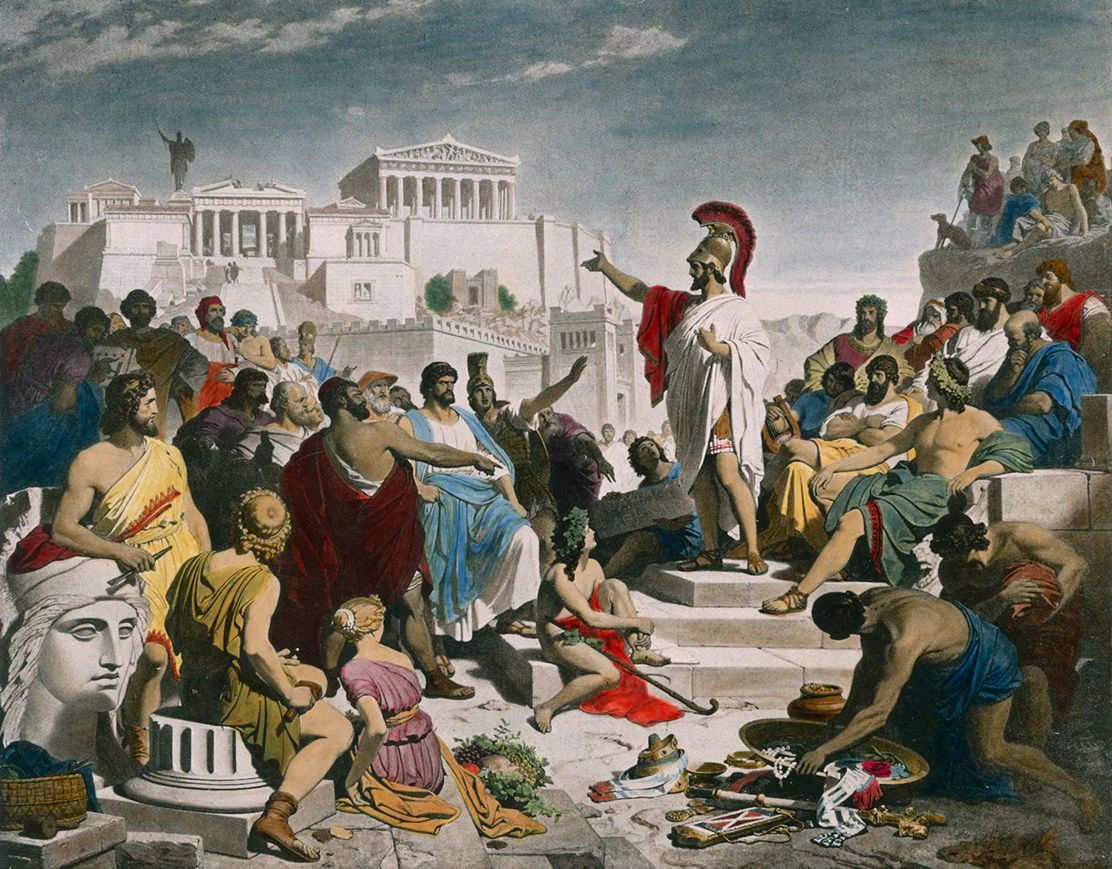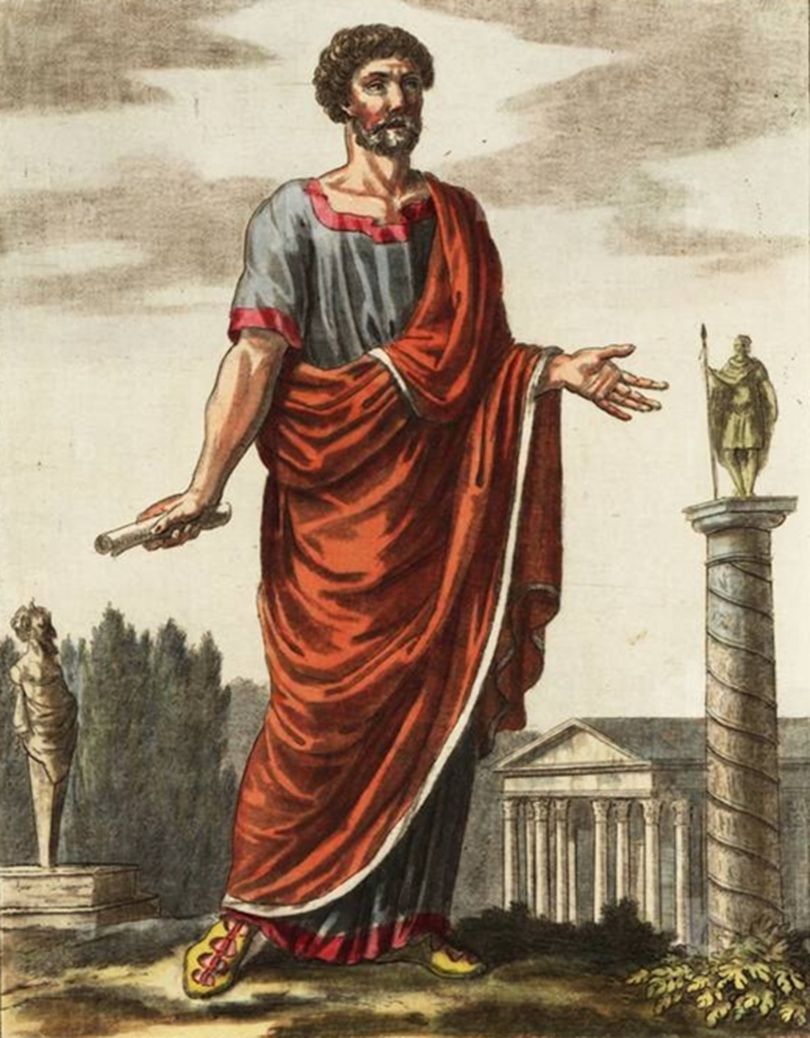What do Sun Tzu, Machiavelli, and Otto von Bismarck all have in common?
They knew that in order to rule effectively, one must shun ideology.
Instead, they embraced realpolitik: rule based on facts, not lofty ideals…🧵
They knew that in order to rule effectively, one must shun ideology.
Instead, they embraced realpolitik: rule based on facts, not lofty ideals…🧵

So what is realpolitik?
Realpolitik, as it is understood today, is the approach of making political or diplomatic decisions based on the given circumstances of a matter, not on moral or ethical considerations.
It’s political pragmatism to the nth degree.
Realpolitik, as it is understood today, is the approach of making political or diplomatic decisions based on the given circumstances of a matter, not on moral or ethical considerations.
It’s political pragmatism to the nth degree.

The 19th century German writer Ludwig von Rochau first coined the term. He described it as the implementation of the idea that “the law of power governs the world of states just as the law of gravity governs the physical world.”
Just as one cannot dispute the effects of gravity, one cannot deny that raw power is the root of all effective political action — not ideology or emotions.
He claimed the modern era had forgotten this difficult truth, trying to conform political decisions to Enlightenment ideals.
He claimed the modern era had forgotten this difficult truth, trying to conform political decisions to Enlightenment ideals.

Though the term is only a couple centuries old, rulers have followed realpolitik for millennia.
The legendary Chinese general and author of “The Art of War,” Sun Tzu is an early precursor. He would have been unfamiliar with the term, but his work reflects realpolitik.
The legendary Chinese general and author of “The Art of War,” Sun Tzu is an early precursor. He would have been unfamiliar with the term, but his work reflects realpolitik.

His philosophy centered around a basic truth: war is unavoidable. He writes:
“The art of war is of vital importance to the State. It is a matter of life and death, a road either to safety or to ruin. Hence it is a subject of inquiry which can on no account be neglected.”
“The art of war is of vital importance to the State. It is a matter of life and death, a road either to safety or to ruin. Hence it is a subject of inquiry which can on no account be neglected.”

His strategic advice, like the simple command to “avoid what is strong, and strike at what is weak” reveals a mindset of practicality, offering feasible solutions that nearly guarantee victory rather than bold assertions that sound nice but result in ruin. 

Perhaps the most famous political philosopher of all time, Niccolo Machiavelli, also conformed to this practical mindset of realpolitik.
His work “The Prince” is basically a 16th century guidebook for teaching rulers to apply realpolitik.
His work “The Prince” is basically a 16th century guidebook for teaching rulers to apply realpolitik.

One example is his often cited aphorism “it is safer to be feared than loved,” which reflects the idea that rulers should prioritize political power over the desire to be popular with their subjects.
Machiavelli underscores this point later when he says that the ends can justify the means, as long as the ends are successful…
Machiavelli underscores this point later when he says that the ends can justify the means, as long as the ends are successful…
He writes:
“In the actions of all men, and especially of princes, where there is no court to appeal to, one looks to the end. So let prince win and maintain his state: the means will always be judged honorable, and will be praised by everyone.”
“In the actions of all men, and especially of princes, where there is no court to appeal to, one looks to the end. So let prince win and maintain his state: the means will always be judged honorable, and will be praised by everyone.”

This mindset is fundamental to realpolitik: leaders are justified in using any effective method to maintain power and stability.
For instance, Machiavelli posited that effective rulers should lie if it's politically expedient, forsaking ideals like loyalty and honesty, especially when opponents are likely to do the same.
For instance, Machiavelli posited that effective rulers should lie if it's politically expedient, forsaking ideals like loyalty and honesty, especially when opponents are likely to do the same.

The statesman that realpolitik has been most associated with is Otto Von Bismarck. Via a series of cunning political maneuvers that prioritized pragmatism over ideological conformity, Bismarck pursued the unification of Germany. 

His approach was one of “iron and blood”:
“The position of Prussia in Germany will not be determined by its liberalism but by its power…Not through speeches and majority decisions will the great questions of the day be decided…but by iron and blood.”
“The position of Prussia in Germany will not be determined by its liberalism but by its power…Not through speeches and majority decisions will the great questions of the day be decided…but by iron and blood.”

Militarily, Bismark was willing to turn on former allies like Austria in 1866 and pressure neighbors into war like France in 1870.
He was also flexible in social policy, adopting some left-wing policies to weaken the appeal of socialist parties and ensure political stability.
He was also flexible in social policy, adopting some left-wing policies to weaken the appeal of socialist parties and ensure political stability.

So what are the takeaways?
1. Power is the currency of politics; authority trumps ideology. As Sun Tzu said, war is often impossible to avoid — so learn to fight.
1. Power is the currency of politics; authority trumps ideology. As Sun Tzu said, war is often impossible to avoid — so learn to fight.

2. Win first, ask forgiveness later: Machiavelli points out that if you’re successful, the means with which you achieved that success will be “judged honorable, and will be praised by everyone.” 

3. Flexibility is key: Bismarck’s maneuvers show alliances can shift and concessions often need to be made in order to achieve political goals. Pragmatism means adapting to the circumstances. 

Enjoy this content and want to go deeper? Join our newsletter.
In-depth articles straight to your inbox every week (free)👇
thinkingwest.substack.com
In-depth articles straight to your inbox every week (free)👇
thinkingwest.substack.com
• • •
Missing some Tweet in this thread? You can try to
force a refresh






















